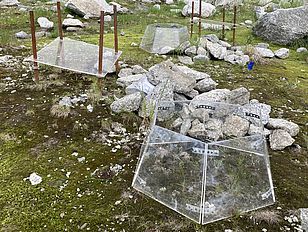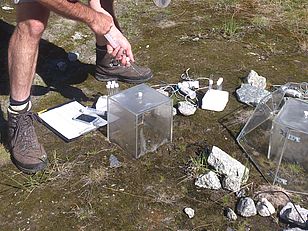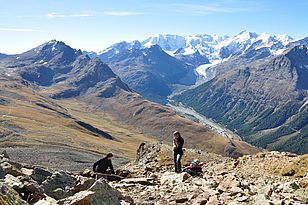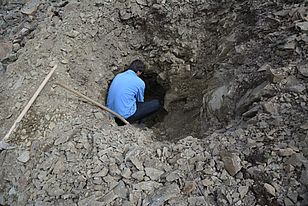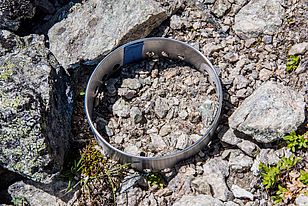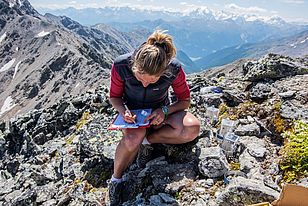Long-term climate experiments to study the Alpine soil microbiome
2016 - 2028
FinancingThe rapidly progressing global warming leads to a strong change in the climate of the Swiss Alps and thus to an adaptation of the soil microbiome. The change in soil microbiota due to warmer and drier conditions will be investigated in this project by means of three different long-term experiments.
Mountain environments exhibit strong microclimatic gradients over short spatial scales. Such gradients can be used in a soil transplantation approach to simulate warming. The assumption here is that warmer sites represent the future conditions for colder sites. Another approach is the control of temperature and precipitation using simple constructions to simulate and investigate climate change locally.
Warmer and drier microclimate
Location: Glacier forefield of the Damma glacier, UR
Newly exposed soil due to the retreat of the Damma glacier is quickly colonised by microorganisms. Bacteria and fungi play an important role in soil formation and form the basis for the further development of the ecosystem. In order to investigate the effects of climate change on these microbial communities, a long-term field experiment (start: 2014) is being carried out in which an increase in temperature (approx. 2°C) or a reduction in precipitation (approx. 30% less precipitation) is simulated using open top chambers (OTCs) and covered plots. The soil temperature and moisture are measured over several years and the vegetation cover is analysed. In addition, the composition of microbial diversity is determined and its activity is measured through greenhouse gas emissions from the soil.
Transplantation of permafrost into the active soil layer
Location: Muot da Barba Peider, Schafberg above Pontresina, GR, 2960 metres a.s.l.
The Alpine permafrost in the Swiss Alps is largely thawing due to global warming. Increased soil temperature and moisture as well as greater availability of carbon and nutrients in the soil are expected to stimulate the growth of the permafrost microbiome. As a result of these changes, soil microbial diversity and microbially mediated soil processes that control soil-climate feedbacks in the mountains (e.g. CO2 fluxes) will be affected. In 2016, permafrost from a depth of 160 cm was inserted into the topsoil (0 - 15 cm) in order to specifically investigate the climatic changes on permafrost and the resulting effects. Annual sampling reveals a change in microbial diversity and activity and provides an insight into future changes in the Alpine permafrost microbiome.
Soil transplantation along an altitude transect
Location: Piz Plazèr, Mot dal Gajer and Mot da l'Hom in Val S-carl, GR
The effects of climate change are becoming increasingly noticeable in alpine habitats. Vegetation patterns are changing and the ecology of soil organisms, which play a decisive role in global material cycles, is also heavily dependent on temperature. In a soil transplantation experiment on mountain peaks in Val S-carl outside the Swiss national park, we are investigating how warming affects the soil microbiome. We are utilising the fact that the temperature decreases with altitude. We use this spatial temperature gradient as a proxy for the temperature changes that are likely to occur in the coming decades during climate change. The difference in ground temperature between the highest and lowest peak is about 5°C in the snow-free season - similar to the expected warming at the end of the 21st century. For 10 years (start: 2016), the composition of the soil microbiome is being analysed annually using high-throughput sequencing. Assuming that microbial diversity is primarily determined by temperature, the composition of the microbial community of the high sites would be expected to approach that of the lower sites in the event of warming.

